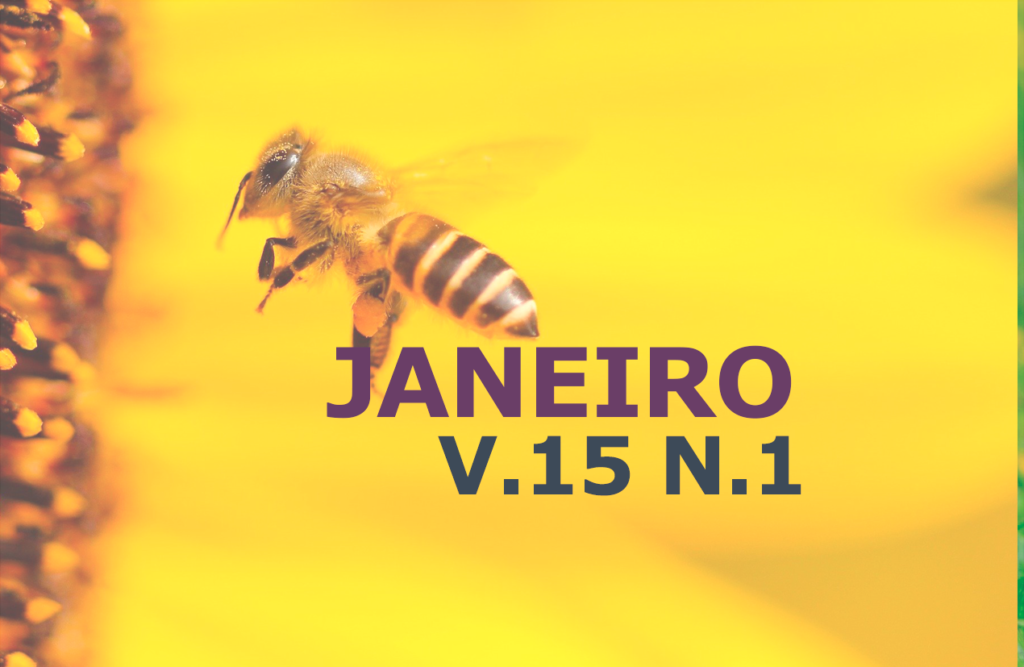Occurrence, classification, and quantification of bruises in carcasses of cattle slaughtered at a slaughterhouse in RS
DOI:
https://doi.org/10.31533/pubvet.v15n01a724.1-8Keywords:
Slaughter, carcasses, bruises, predisposing factorsAbstract
Occurrence, classification, and quantification of bruises in carcasses of cattle slaughtered at a slaughterhouse in RS
Abstract. Losses from bruises cause large losses to livestock without reliable national surveys. The regionalized study sought to highlight the factors that influence the occurrence of bruises in carcasses of animals slaughtered in a slaughterhouse in RS. Forty-two slaughter lots were monitored and classified, totaling 816 carcasses evaluated for severity, distribution, and quantification of losses due to bruises. We sought to demonstrate the influence of factors such as sex and animal category, transport distance, termination system, physical characteristics, and breed of animals in the occurrence of bruises and lesions of grades I, II, and III in carcasses. Of the carcasses evaluated, 56,25% presented Mild (GI) lesions, moderate (GII) lesions in 15.26%, and severe (GIII) contusions were detected in 1.22%, totaling average losses of 378.16 g / carcass. Adult females presented a higher frequency of injuries and losses, with significant differences (P < 0.05) compared to young males, for several evaluated parameters. For the group of young females, the horns presence influenced (P < 0.05) the occurrence of larger losses in the toilet compared to young females not horned. Transport distance did not influence the severity, distribution, or volume of toilet losses. Adult females show higher losses compared to the other categories evaluated, with greater severity and higher frequency of injuries.
Downloads
Published
Issue
Section
License
Copyright (c) 2021 Paulo Afonso Anezi Junior, Paulo Afonso Carvalho

This work is licensed under a Creative Commons Attribution 4.0 International License.
Você tem o direito de:
Compartilhar — copiar e redistribuir o material em qualquer suporte ou formato
Adaptar — remixar, transformar, e criar a partir do material para qualquer fim, mesmo que comercial.
O licenciante não pode revogar estes direitos desde que você respeite os termos da licença. De acordo com os termos seguintes:
Atribuição
— Você deve dar o crédito apropriado, prover um link para a licença e indicar se mudanças foram feitas. Você deve fazê-lo em qualquer circunstância razoável, mas de nenhuma maneira que sugira que o licenciante apoia você ou o seu uso. Sem restrições adicionais
— Você não pode aplicar termos jurídicos ou medidas de caráter tecnológico que restrinjam legalmente outros de fazerem algo que a licença permita.





